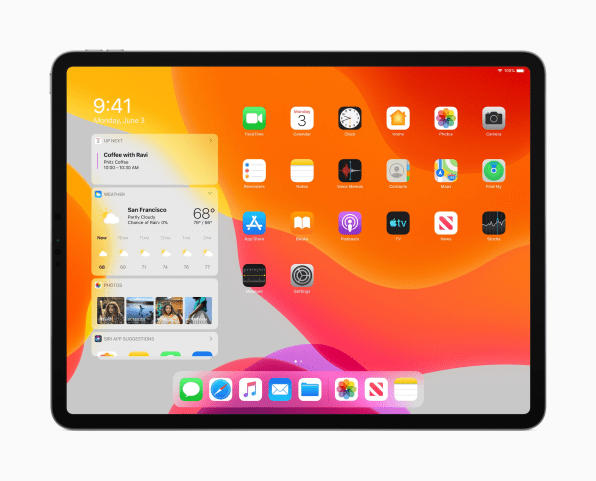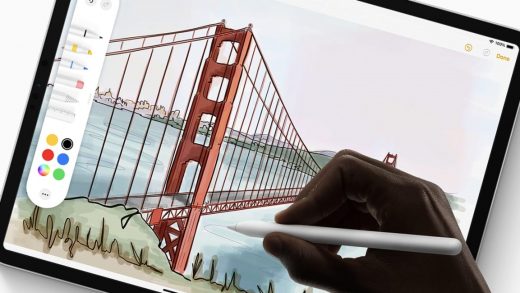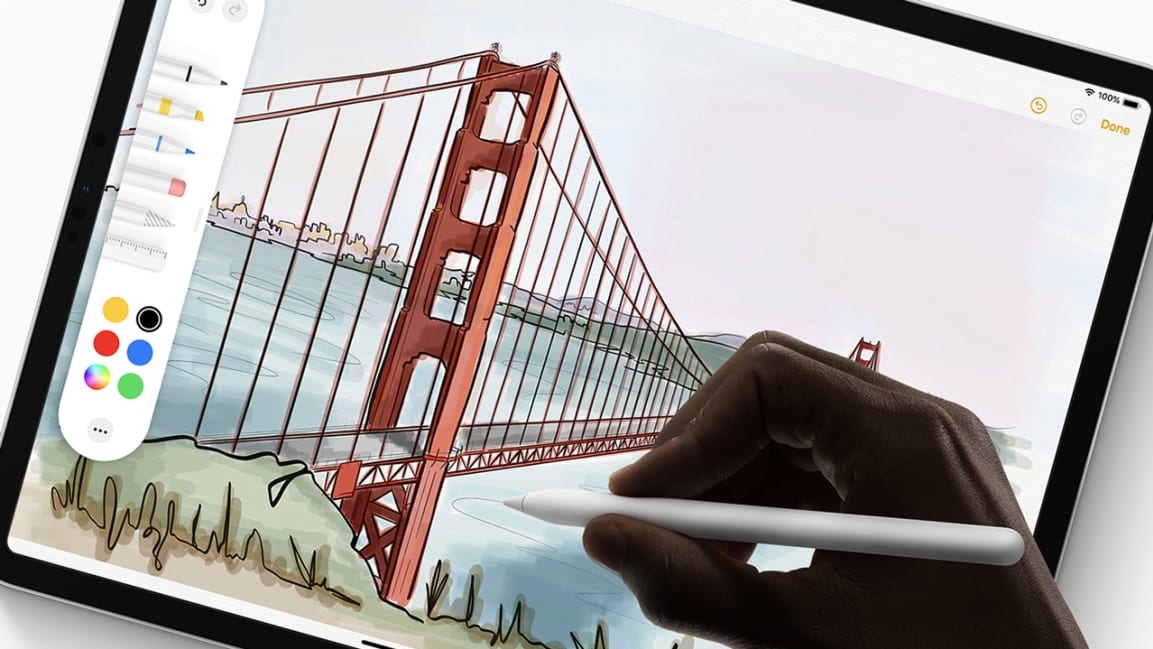With iPadOS, Apple is issuing a challenge to itself
In recent years, Apple’s vision for the iPad has always been clear. Its tablet isn’t trying to be a Mac or a Windows PC. But it’s also not content with being something fundamentally less useful and versatile. Particularly in its high-end iPad Pro variant, the device sheds the several decades of cruft built up by other platforms in favor of an experience that’s more streamlined and modern–but not dumbed-down.
However, people who want to push the iPad to its limits–like me–have had to be patient. Apple has turned the vision into reality in fits and starts, and the iPad has sometimes felt like a side project at a company that understandably lavishes most of its attention on the iPhone, the most successful product of all time.
In 2017, iOS 11 offered the iPad its meatiest software upgrade ever, with new multitasking features that let power users leap between apps with balletic grace. But a year later, iOS 12 did little to build on that foundation. Shortly thereafter, Apple gave the new iPad Pro a USB-C connector. Except you still couldn’t do most of the things you might want to do with such a port, such as plug in a thumb drive and pluck files off it for use in iPad apps.
At Monday’s WWDC keynote, Apple went a long way toward filling in the iPad’s most obvious gaps. The next version of the tablet’s software, due this fall, will make it easier to wrangle multiple apps, share information between them, and even work in multiple items in a single app–such as two Microsoft Word documents–simultaneously. At long last, you’ll be able to stick a thumb drive into an iPad and retrieve items from it via the Files app, or even import photos directly into apps such as Lightroom. As I sat in the audience, iPad Pro balanced in my lap, I got a little giddy.
But one of the most intriguing iPad-related things Apple unveiled was not a feature but a branding change: Henceforth, the tablet’s operating system will be known as iPadOS. That’s a change in naming convention rather than technological convention, of course. Just as Apple TV’s tvOS is a version of iOS tweaked for TV use rather than an entirely different platform, iPadOS will be a particular flavor of iOS. Apple has mostly aligned its operating system monikers with its hardware lines; if consistency mattered most, the company would now change iOS’s name back to iPhone OS, which is what it was called until 2010. (I’m assuming that the iOS brand is too powerful to just vanish, though.)

[Photo: courtesy of Apple]
What’s most intriguing about the iPadOS brand isn’t what it means to iPad users, many of whom will probably continue to reflexively call the software “iOS.” I hope that the rebranding amounts to a commitment on Apple’s part to predictable annual updates rich in new features that let the iPad shine. If WWDC 2020 rolls around and iPadOS 14 feels like iOS 14 stretched onto a bigger screen, it will be embarrassing in a way that last year’s iPhone-centric iOS 12 was not.
Now, we can’t take it for granted that the new name marks a new era. Since 2015, the Apple TV’s software has been called tvOS, and I know plenty of Apple TV aficionados who wish it evolved at a snappier pace. Then again, the Apple TV, though nice–I own and like two of them–still feels like what Steve Jobs called it in its early days: “a hobby.” The iPad, by contrast, is the company’s purest expression of its view of computing’s future. It may never be an iPhone-sized business, but its ongoing progress is one of the more potent expressions of Apple’s creative soul.
Nobody at Apple is about to disclose even broad goals for future versions of iPadOS, let alone the specifics of next year’s release. So we likely won’t know what the new name means for the platform until WWDC 2020 rolls around. But if the iPad gets as many new features then as it did this week, it will be a good sign that “iPadOS” isn’t just a brand, but also a statement.
(49)



